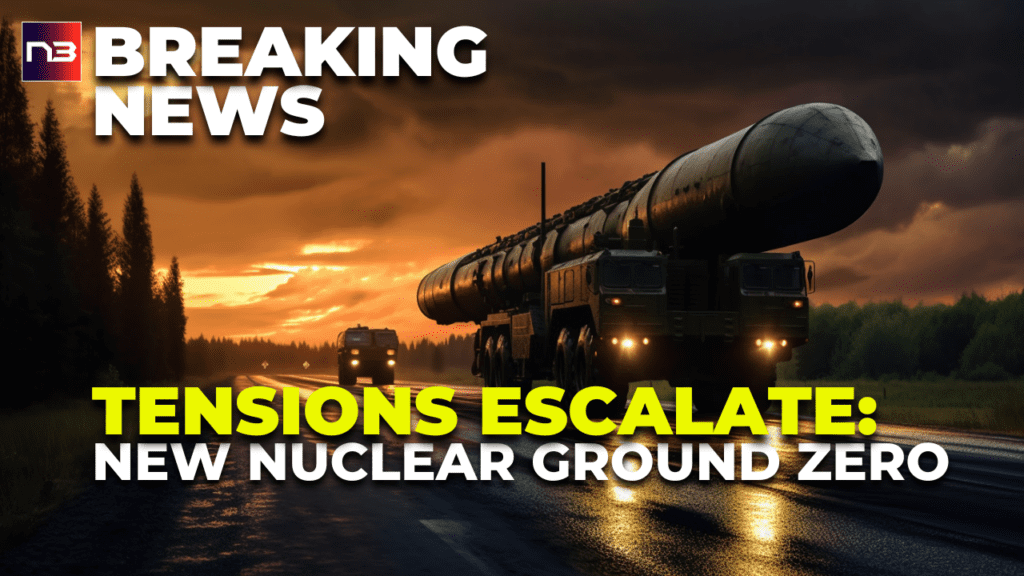In a stunning display of strategic audacity, Moscow has announced its intention to indefinitely station tactical nuclear weapons in Belarus, transforming the geopolitical landscape in Eastern Europe and exacerbating ongoing tensions with NATO. This provocative move has resoundingly echoed throughout the world, stirring both fear and curiosity.


In the shadowy theater of international politics, Russia has just turned up the lights. Moscow’s foreign ministry, on Monday, declared the indefinite deployment of tactical nuclear weapons on Belarusian soil. This startling decision comes after Presidents Putin and Lukashenko confirmed the arrival of the first batch of nuclear warheads in Belarus, a clear response to the so-called “aggressive policies” of NATO.
The pivot to a nuclearized Belarus follows NATO’s recent decision to supply Ukraine with depleted uranium shells. The Western alliance’s involvement in Ukraine, providing increasingly formidable weapons systems including tanks, has stoked the ire of Moscow. According to Russian foreign ministry official Alexei Polishchuk, the move to deploy nuclear weapons in Belarus was a “forced response.”
The Moscow-Minsk agreement didn’t materialize in a vacuum. It is a byproduct of the “years-long destructive practices” of joint nuclear missions undertaken by NATO member states, which Russia has continually pointed to as a benchmark for their actions. Distinctly, Russia’s weapons will be located near its own borders, within the Union State of Russia and Belarus, unlike the American warheads stationed in various European locations.
Interestingly, there’s a possibility of quick de-escalation as the Russian tactical nuclear weapons could hypothetically be withdrawn from Belarus at any moment. Yet, this would only be considered if the U.S. takes definitive action to eliminate its own nuclear infrastructure in Europe, as highlighted by Polishchuk.
Further back in time, President Putin had previously compared Russia’s actions to the longstanding U.S. practice of deploying nuclear weapons in different countries. NATO’s nuclear sharing mission currently has U.S. nuclear warheads positioned in Belgium, Germany, Italy, Netherlands, and Turkey, a fact not lost on the Russian establishment.
⚡️Putin: Russia is not transferring its nuclear weapons to Belarus, but is doing what the US has been doing for decades pic.twitter.com/vblLo2pJWI
— War Monitor (@WarMonitors) March 25, 2023
Adding to the volatile mix is a recent $2.6 billion U.S. military aid package for Ukraine, which includes air surveillance radars, anti-tank rockets, and fuel trucks. In total, the U.S. has pledged over $30 billion in security assistance to Ukraine. The subsequent decision by the U.S. to permit its Western allies to supply Ukraine with advanced fighter jets, including American-made F-16s, has only fueled Russia’s determination.


Russia has warned of “enormous risks” if F-16s are supplied to Ukraine, yet the training of Ukrainian pilots for the F-16 jets has already begun. This suggests the escalating situation in Eastern Europe might continue unless a diplomatic resolution is reached soon.
As Russia positions itself at the nucleus of nuclear diplomacy with its latest move in Belarus, the scales of power in Eastern Europe teeter precariously. This high-stakes game of strategic maneuvering between Moscow and NATO has the world holding its breath, with the potential to rewrite the rules of international relations. The stage is set for a high-tension drama that’s bound to unravel in unexpected ways.



